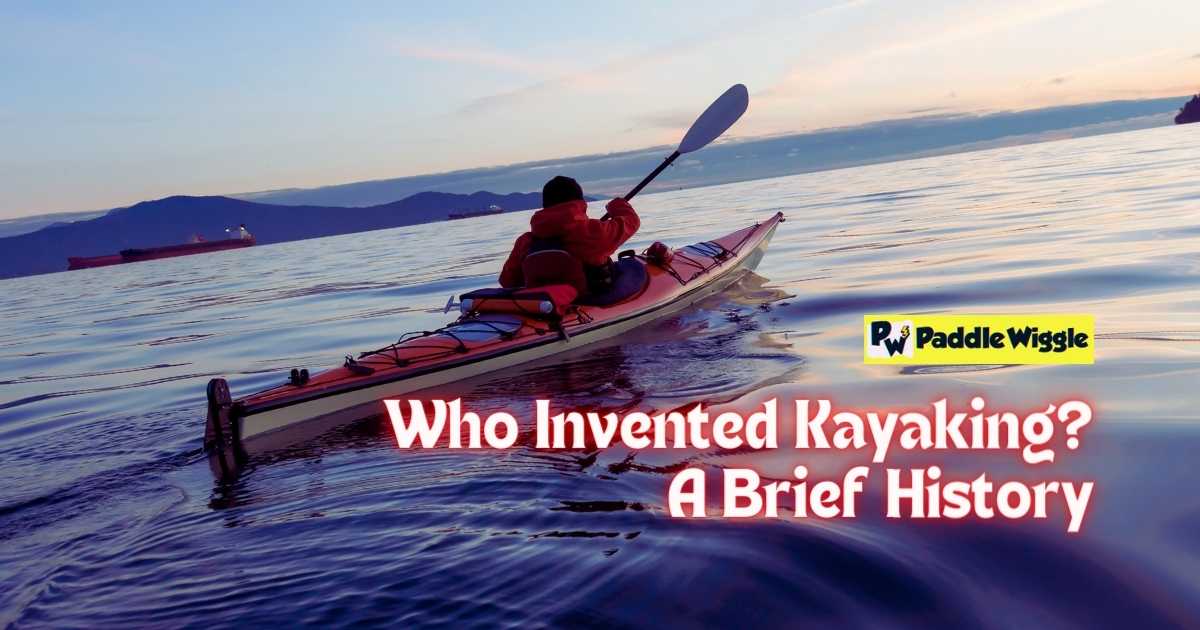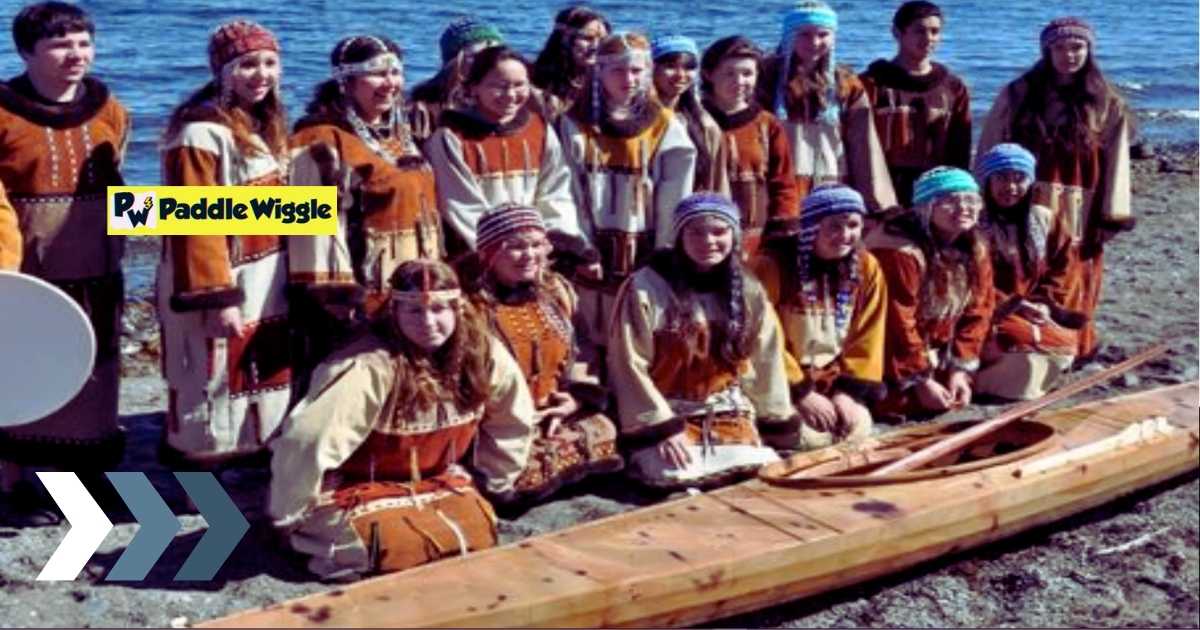Forget what you’ve heard—kayaking didn’t just pop out of nowhere from one person’s brain. It actually evolved over many years thanks to indigenous people in different parts of the world. From icy places like the Arctic to sunny coastal spots, different groups came up with their own versions of kayaks for hunting, traveling, and exploring.
Who invented kayaking — the indigenous peoples of the Arctic.
Long ago, way before we were around, people were already using kayaks. The earliest ones we know about were made by the Inuit and Aleut folks who lived in the cold Arctic areas of North America. These early kayaks were super important for helping them survive in the freezing cold. They used them to glide through icy waters and hunt sea animals.
Kayaking has a four thousand years history, and it isn’t easy to pinpoint a single inventor or origin. However, indigenous cultures around the world have used various forms of kayaks for thousands of years.
In this article, we’ll delve deeper into the invention of kayaking.


In this research
The Invention Of Kayaking
The invention of kayaking had a profound impact on transportation and hunting for indigenous tribes. Prior to the development of kayaks, canoes were commonly used for water travel. However, kayaks offered several advantages over canoes. Their sleek design and narrow hulls made them more maneuverable, allowing for faster travel and increased agility on the water.


The indigenous peoples of the Arctic, including the Inuit, Yupik, and Aleut cultures, were among the first to develop and utilize kayaks for transportation, hunting, and exploration in icy waters. These tribes, with their remarkable resourcefulness, figured out how to build kayaks using materials they found around them, like wood, bones from whales, and animal skins.
Once they had kayaks, these tribes could navigate through narrow rivers, shallow waters, and even icy seas with ease. It was a transformative tool! They could explore new places, trade with other tribes, and hunt for food more efficiently. Plus, because kayaks were so quiet, they could approach fish and animals without scaring them away. So, kayaks were a monumental development for these ancient tribes—revolutionized the way they traveled, hunted, and lived their lives.
Beyond its practical uses, kayaking held significant cultural importance in early civilizations. It was not only a means of survival but also a source of recreation and spiritual connection with nature. The skills of kayaking were passed down from generation to generation, fostering a sense of community and pride among kayakers.
Material And Construction Of Early Kayaks


Early kayaks were constructed using materials readily available in the local environment. Animal skins, such as sealskin or walrus hide, were used to create the waterproof hulls of the kayaks. These skins were stretched tightly over a wooden frame made from driftwood or whale bones. To further enhance buoyancy and stability, seal bladders or inflated animal intestines were often incorporated into the design.
Those kayaks were typically constructed using materials that were readily available in the regions where they were used. The most common material used for the frame of early kayaks was wood, specifically driftwood or light, flexible woods such as cedar or pine. These woods were chosen for their buoyancy and durability in water.
In addition to animal skins and bones, wood played a crucial role in kayak construction. Thin strips of wood were used to create ribs that provided structure and shape to the kayak’s hull. Whale fat was used as a waterproofing agent to seal any gaps between the skin and the wooden frame.
Once the frame was complete, the kayaks were covered with waterproof skin. Inuit kayaks, for example, were covered with sealskin, which provided excellent insulation and protection against the cold Arctic waters. Other cultures used different materials for the skin, such as whale or walrus hides or even bark from trees.
Early builders often applied a layer of animal fat or oil to the skin of the kayak to further enhance its waterproofing. This not only helped keep the water out but also added an extra layer of protection against wear and tear.
Final Words
So, who really came up with kayaking? It was the ingenious indigenous people who lived in icy places like the Arctic—especially the Inuit and Aleut communities—who started it all. Their resourcefulness and adaptability led them to create kayaks, a tool that was crucial for their survival in their harsh environments. The ability to paddle through icy waters and hunt sea animals was a game-changer for them.
These indigenous groups were not just clever, they had a deep connection to nature. They crafted unique designs for their kayaks and used materials they found around them, like wood and animal skins. Their innovative ideas and skills laid the foundation for kayaking as we know it today. Even now, their tradition lives on and continues to inspire people all over the world to embark on kayaking adventures, fostering a sense of connection and appreciation for their legacy.
When we look at modern kayaks and how well they move in the water, it’s amazing to think about where it all started. We owe a lot to the ancient Arctic peoples for coming up with such an awesome way to explore and survive. Every time we paddle, we’re carrying on their legacy and remembering their incredible spirit of adventure and resilience.



